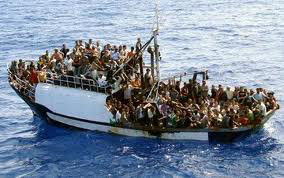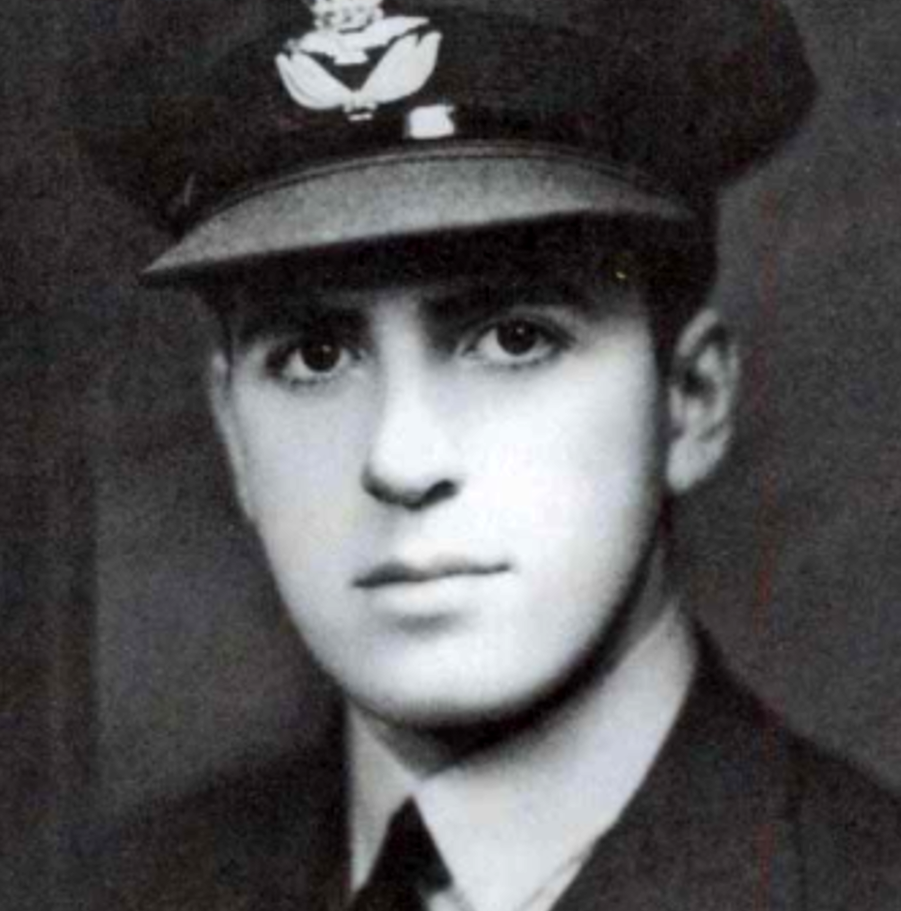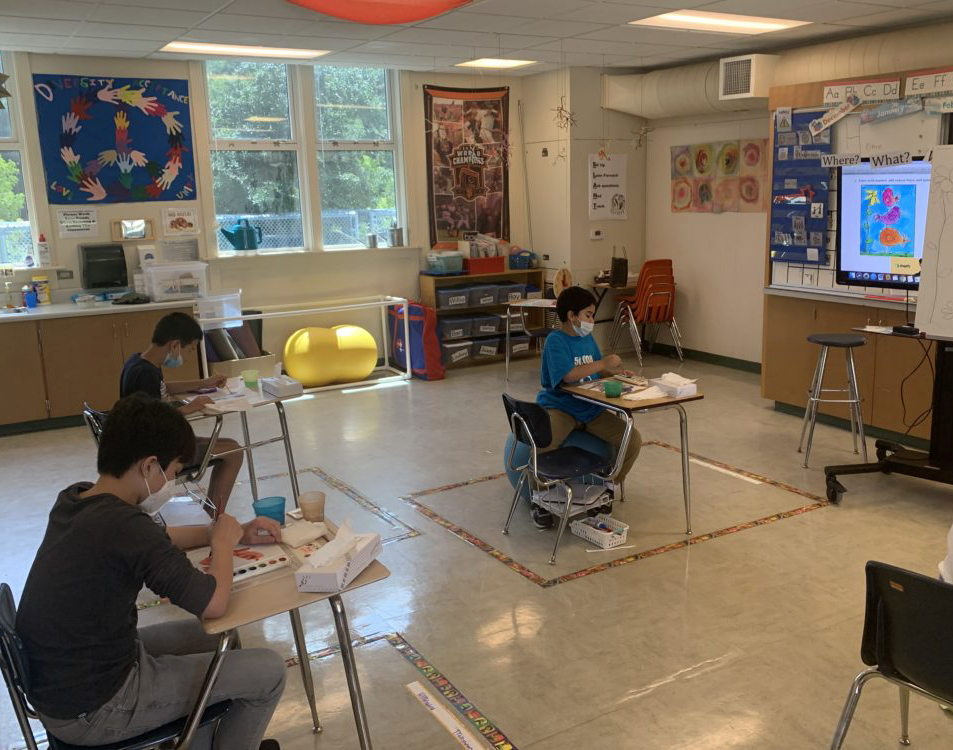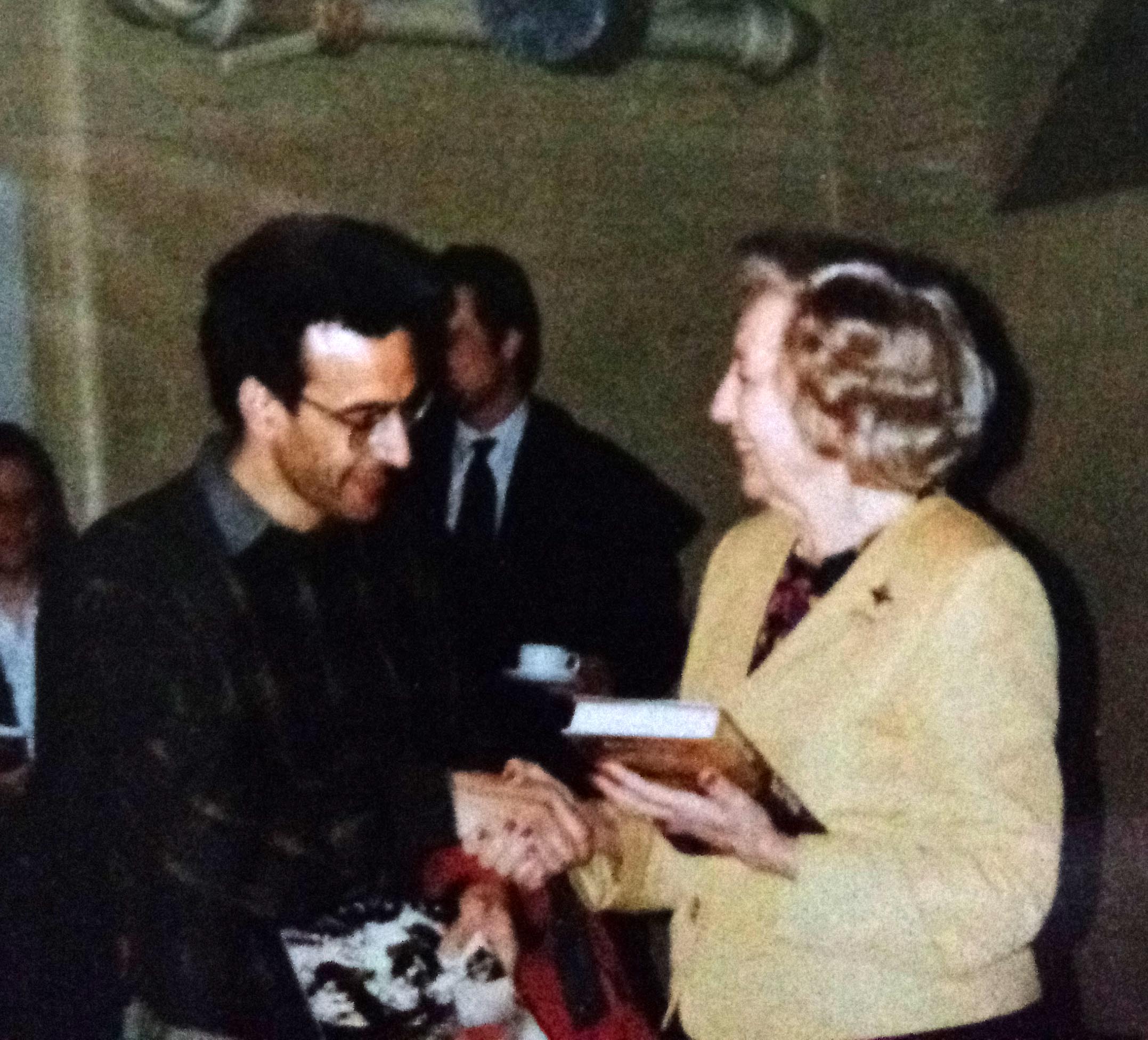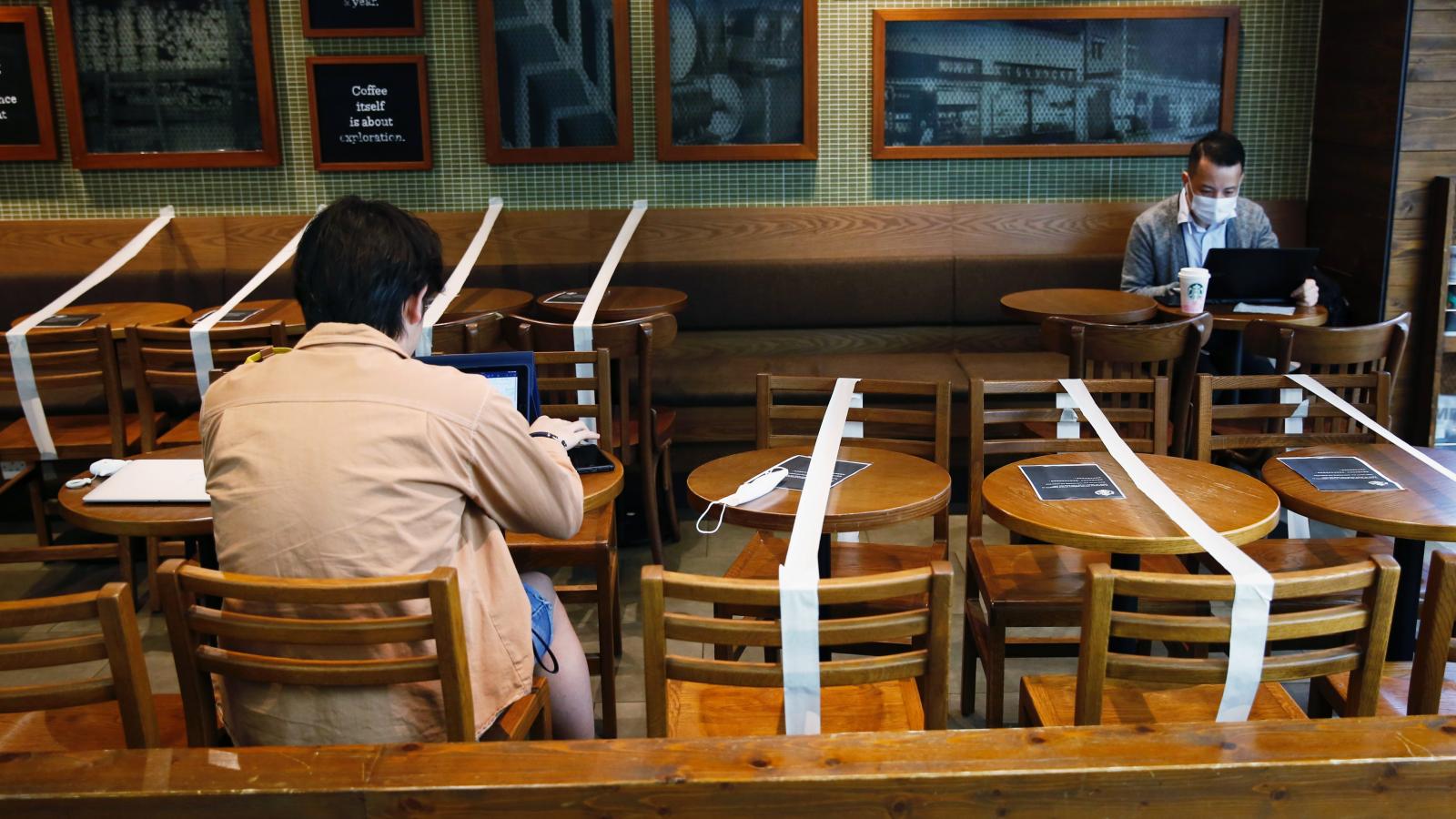
A few days ago, my daughter – who’s recently joined me on my morning walks – posed a provocative question:
“How come we haven’t got a bridge in Uxbridge?” she asked.
I didn’t have an answer. But it occurred to both of us that we have an opportunity to change that. Since construction crews have ripped open most of the main thoroughfare through the downtown to make way for the renovation of the underground flow of the Uxbridge Brook, here might be an ideal chance.
Why not, we thought, somewhere along that now gaping throughway for storm and other water passageways, make an effort to include some sort of bridgeworks that might reflect our name? (more…)
